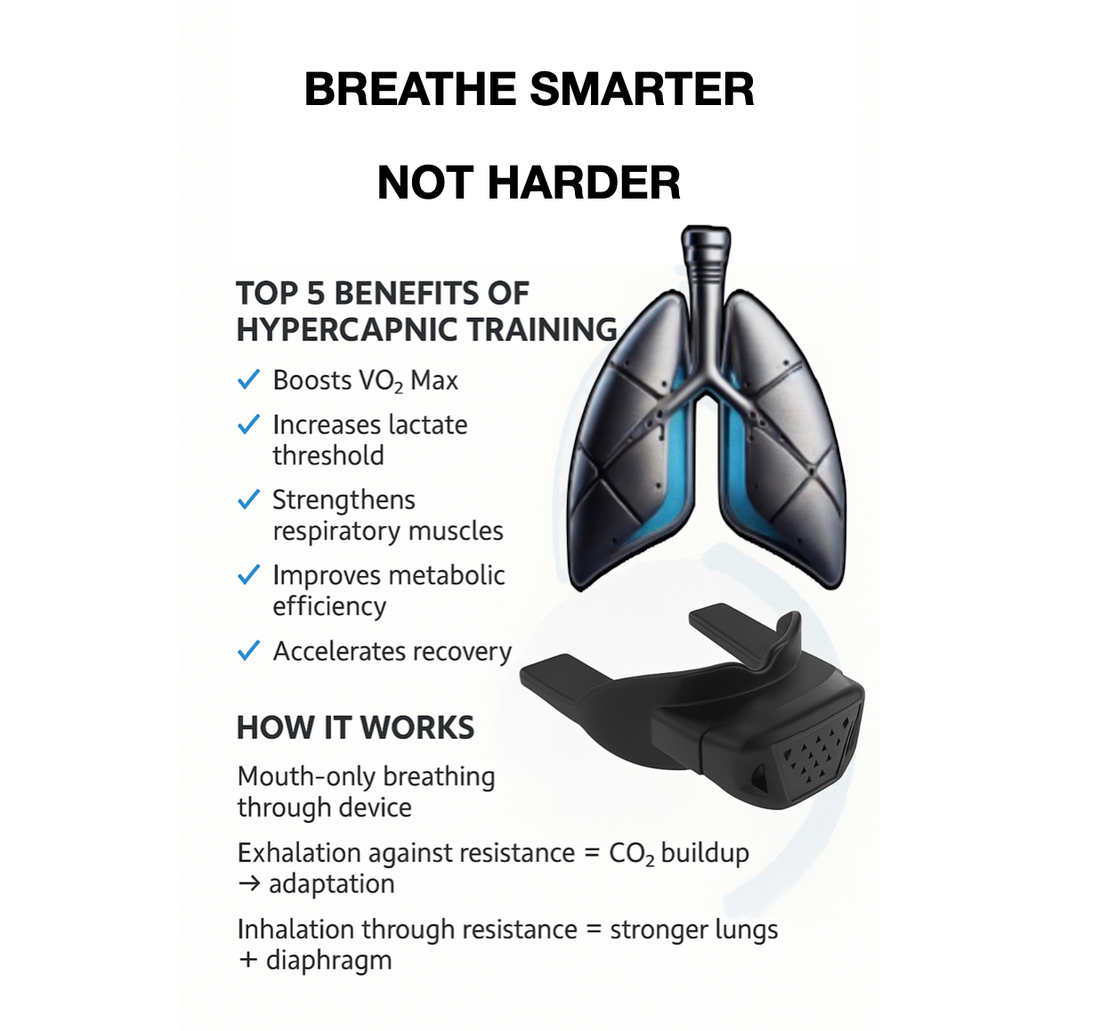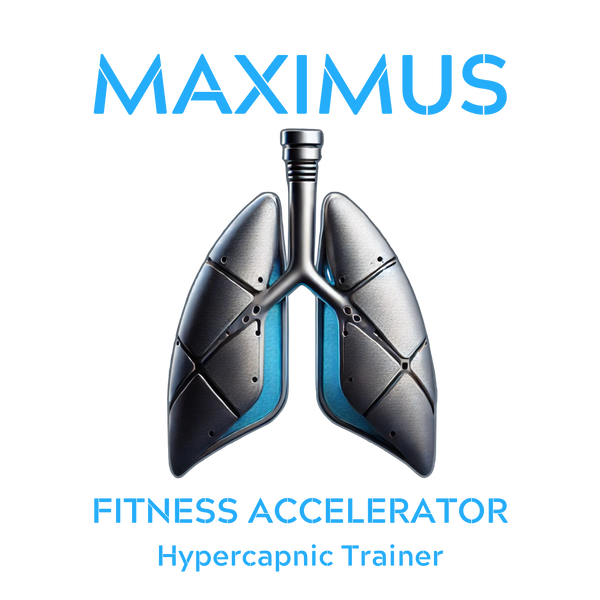
Deep Diaphragmatic Breathing Anxiety Relief
Share
MAXIMUS: The Role of Hypercapnic Training and Deep Diaphragmatic Breathing in Reducing Episodic Anxiety
Abstract: Anxiety disorders are among the most prevalent mental health conditions globally, often characterized by episodic bouts of intense fear or discomfort. Emerging evidence suggests that respiratory interventions, particularly hypercapnic training and deep diaphragmatic breathing, may offer effective strategies for mitigating episodic anxiety. This paper explores the mechanisms by which these breathing techniques influence anxiety levels and reviews pertinent research studies supporting their efficacy.
Introduction: Episodic anxiety, commonly manifesting in panic attacks, involves sudden surges of overwhelming fear accompanied by physiological symptoms such as shortness of breath, dizziness, and palpitations. Traditional treatments include pharmacotherapy and cognitive-behavioral therapy; however, these approaches may not be suitable or effective for all individuals. As a result, there is growing interest in alternative, non-pharmacological interventions, such as respiratory therapies, to manage and reduce anxiety episodes.\
Hypercapnic Training and Anxiety Reduction: Hypercapnic training involves controlled breathing exercises designed to increase the levels of carbon dioxide (CO₂) in the blood, countering the effects of chronic hyperventilation often observed in individuals with anxiety disorders. Chronic hyperventilation can lead to hypocapnia (reduced CO₂ levels), which is associated with heightened anxiety and panic symptoms.
A study by Meuret et al. (2018) investigated the impact of hypoventilation therapy on patients with panic disorder. Participants were trained to perform breathing exercises aimed at raising their end-tidal CO₂ levels using a portable capnometry device. Over four weeks, assessments revealed that increased sensations of dyspnea (shortness of breath) during these exercises were correlated with a significant reduction in panic-related cognitions over time. This suggests that hypercapnic training may serve as an effective intervention for reducing panic symptoms through mechanisms such as interoceptive exposure and the normalization of CO₂ levels.
Deep Diaphragmatic Breathing and Anxiety Prevention
Deep diaphragmatic breathing, also known as belly breathing, engages the diaphragm fully, promoting efficient oxygen exchange and activating the parasympathetic nervous system, which induces a state of relaxation. This technique has been associated with various health benefits, including stress and anxiety reduction.
A systematic review by Ma et al. (2017) evaluated the effectiveness of diaphragmatic breathing in reducing physiological and psychological stress among adults. The review encompassed studies that demonstrated significant improvements in biomarkers such as respiratory rate and salivary cortisol levels, as well as reductions in self-reported stress and anxiety. These findings suggest that regular practice of diaphragmatic breathing can serve as a self-administered, low-cost intervention to alleviate stress and prevent anxiety episodes.
Mechanisms Underlying the Efficacy of Respiratory Interventions
The therapeutic effects of hypercapnic training and deep diaphragmatic breathing on anxiety can be attributed to several physiological and psychological mechanisms:
- CO₂ Regulation: By increasing CO₂ levels through controlled breathing, these interventions may correct the hypocapnia associated with anxiety, thereby reducing symptoms.
- Parasympathetic Activation: Engaging in deep breathing stimulates the vagus nerve, enhancing parasympathetic activity, which promotes relaxation and counteracts the body’s stress response.
- Interoceptive Exposure: Repeated exposure to sensations such as dyspnea during breathing exercises can desensitize individuals to these sensations, reducing fear and panic responses associated with them.
Conclusion: Respiratory therapies, including hypercapnic training and deep diaphragmatic breathing, offer promising avenues for the reduction and prevention of episodic anxiety. By addressing the physiological underpinnings of anxiety through CO₂ regulation and parasympathetic activation, these interventions provide accessible and non-pharmacological options for individuals seeking alternative or complementary treatments. Further research with larger sample sizes and diverse populations is warranted to substantiate these findings and to explore the long-term benefits and potential applications of these breathing techniques in anxiety management.
References
Meuret, A. E., Ritz, T., Wilhelm, F. H., Roth, W. T., & Rosenfield, D. (2018). Hypoventilation Therapy Alleviates Panic by Repeated Induction of Dyspnea. Biological Psychiatry: Cognitive Neuroscience and Neuroimaging, 3(6), 539–545.
Ma, X., Yue, Z. Q., Gong, Z. Q., Zhang, H., Duan, N. Y., Shi, Y. T., & Wei, G. X. (2017). The Effectiveness of Diaphragmatic Breathing on Reducing Physiological and Psychological Stress in Adults: A Quantitative Systematic Review. JBI Database of Systematic Reviews and Implementation Reports, 15(4), 1645–1656.
